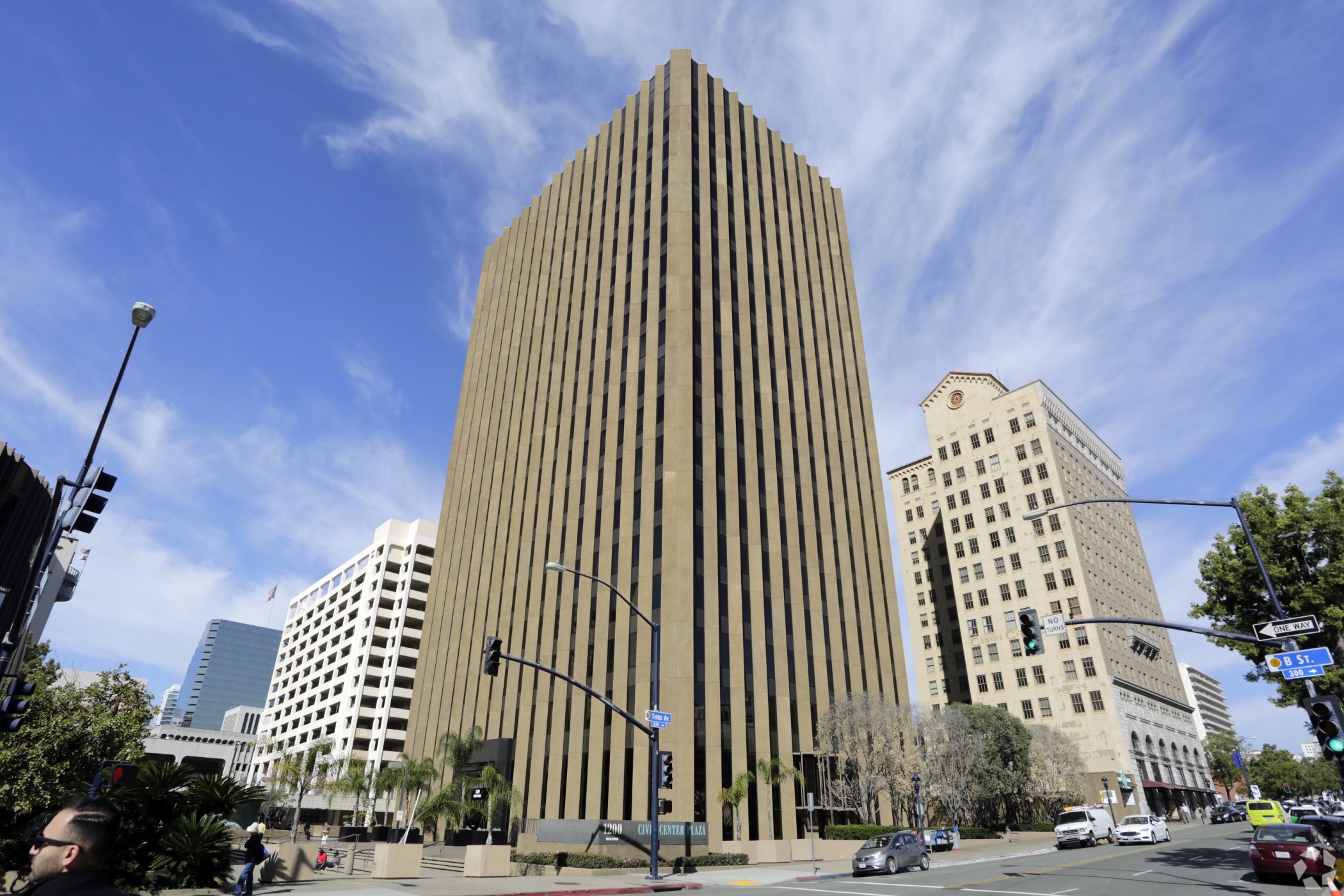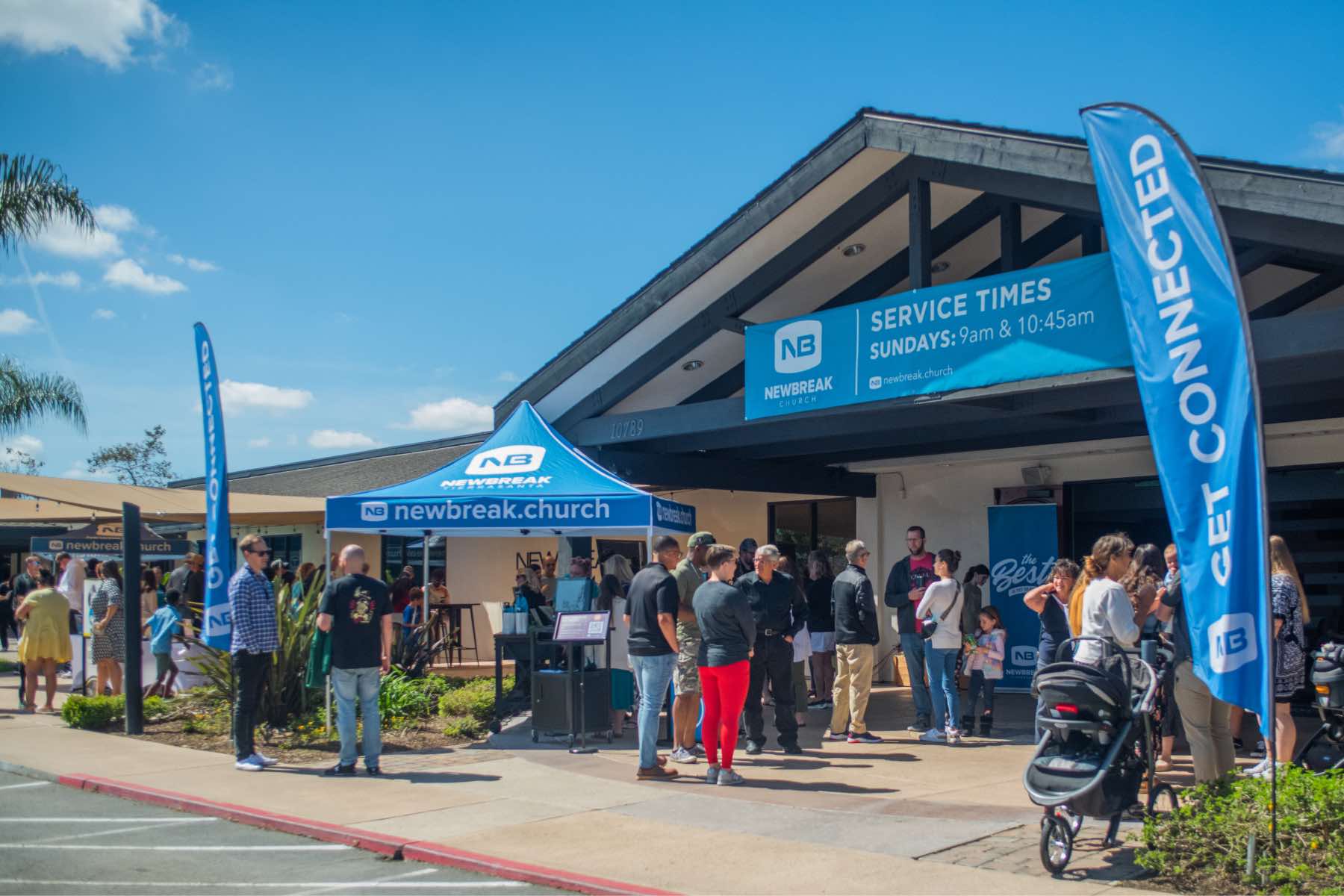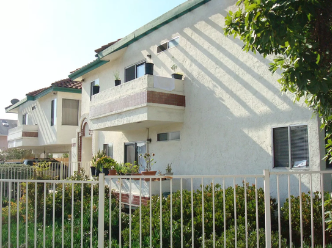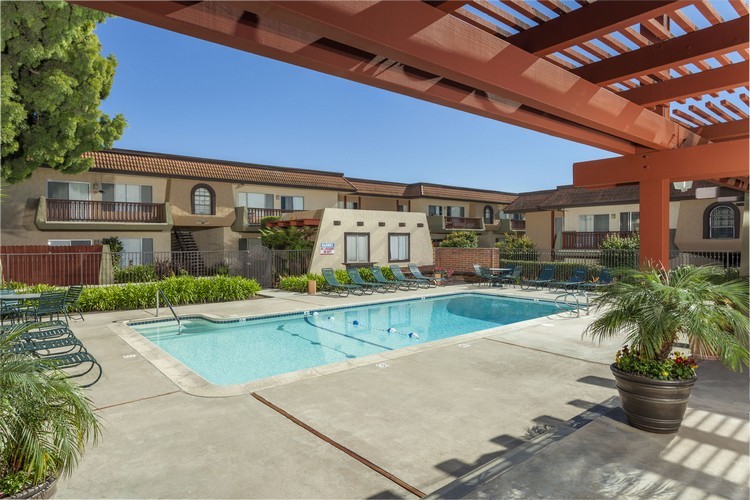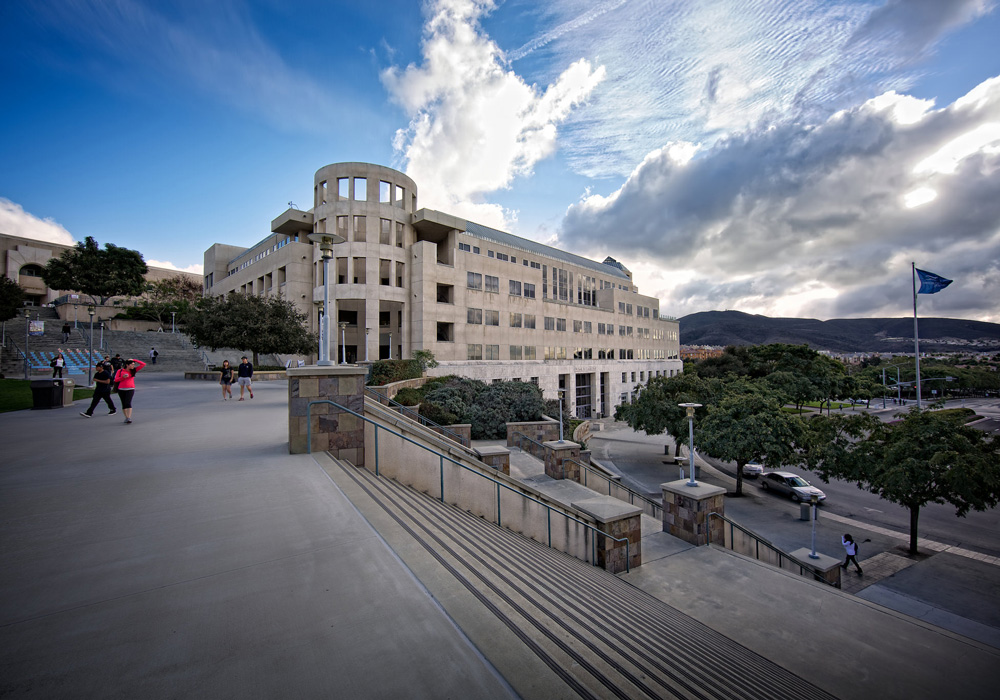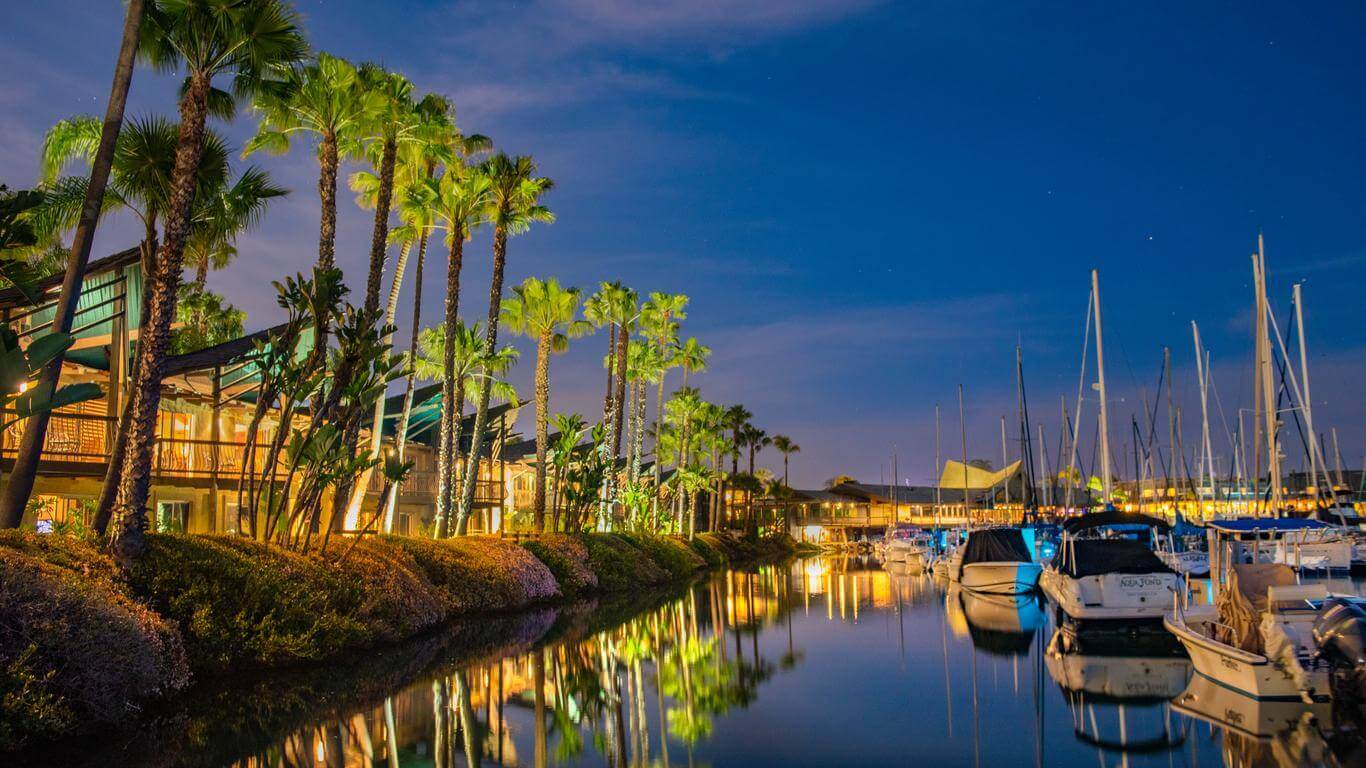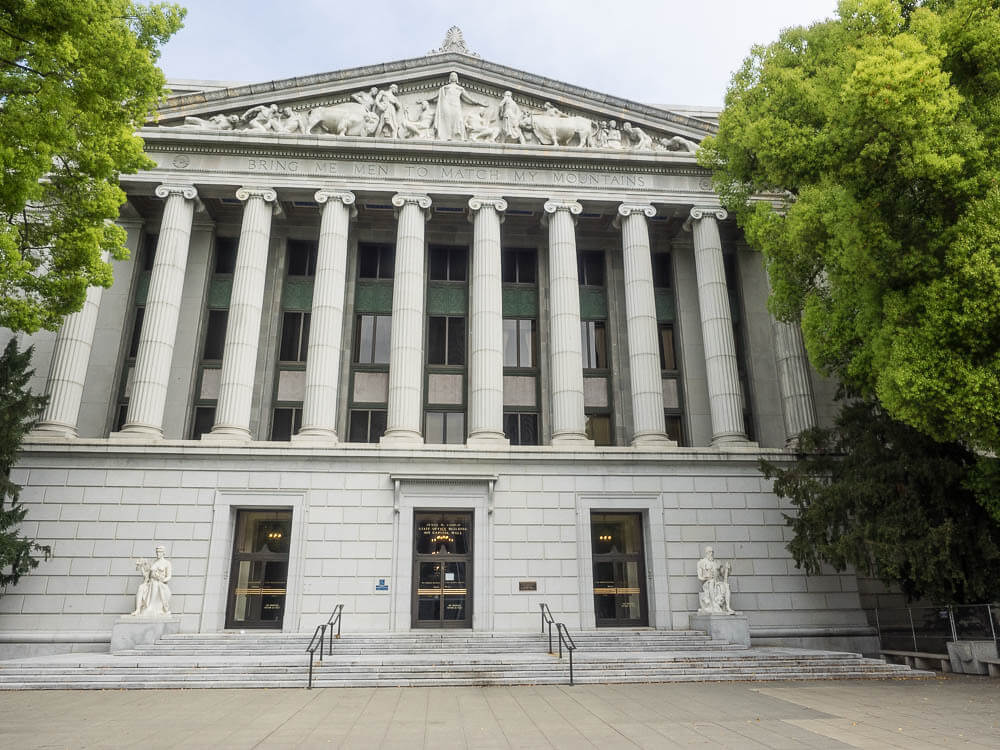Project Overview
Bill Howe upgraded the hot water system in an apartment complex with minimal disruption, completing the project in 5-6 weeks with a 10-year warranty, ensuring safety and efficiency.
Challenge:
Replace all hot water lines in a two-building apartment complex. Perform work with a strong emphasis on not disrupting residents.
Solution:
Replaced main and unit hot water lines with type L copper piping, ensuring minimal disruption. Installed new lines through ceilings and inside walls, following code standards for securing pipes. Included a hot water recirculation line, excluding pump and system items. Ensured all joints were soldered with lead-free solder. Managed access for work within units from 8am to 5pm, with necessary water shutdowns.
Location: San Diego, CA
Client Background and Project Scope
Bill Howe was contracted to overhaul the hot water system of a two-building apartment complex. The project required the replacement of outdated hot water lines with new, code-compliant type L copper pipes, ranging from 1/2″ to 1-1/4″ in size. The scope included the main line from the water heater room, exposed lines for both buildings, and a hot water recirculation line.
Method
Bill Howe’s approach was comprehensive, involving the opening of walls and ceilings to install the new system, with a commitment to causing minimal disruption to residents. Prior to starting, the customer provided asbestos-free certification for the work areas. The installation process was meticulous, with pipes properly strapped and all joints soldered using lead-free solder, ensuring the system’s longevity and safety. Access to units was required during working hours for the project duration, with provisions made for water shutdowns as needed.
Outcome
The project, estimated to take 5 to 6 weeks, was executed with precision, ensuring a modern and efficient hot water system for the apartment complex. Bill Howe’s work comes with a 10-year labor and parts warranty, providing long-term peace of mind for the client. Despite the complexity, the execution was planned to minimize inconvenience, though it necessitated comprehensive access to the buildings and temporary water service interruptions.


